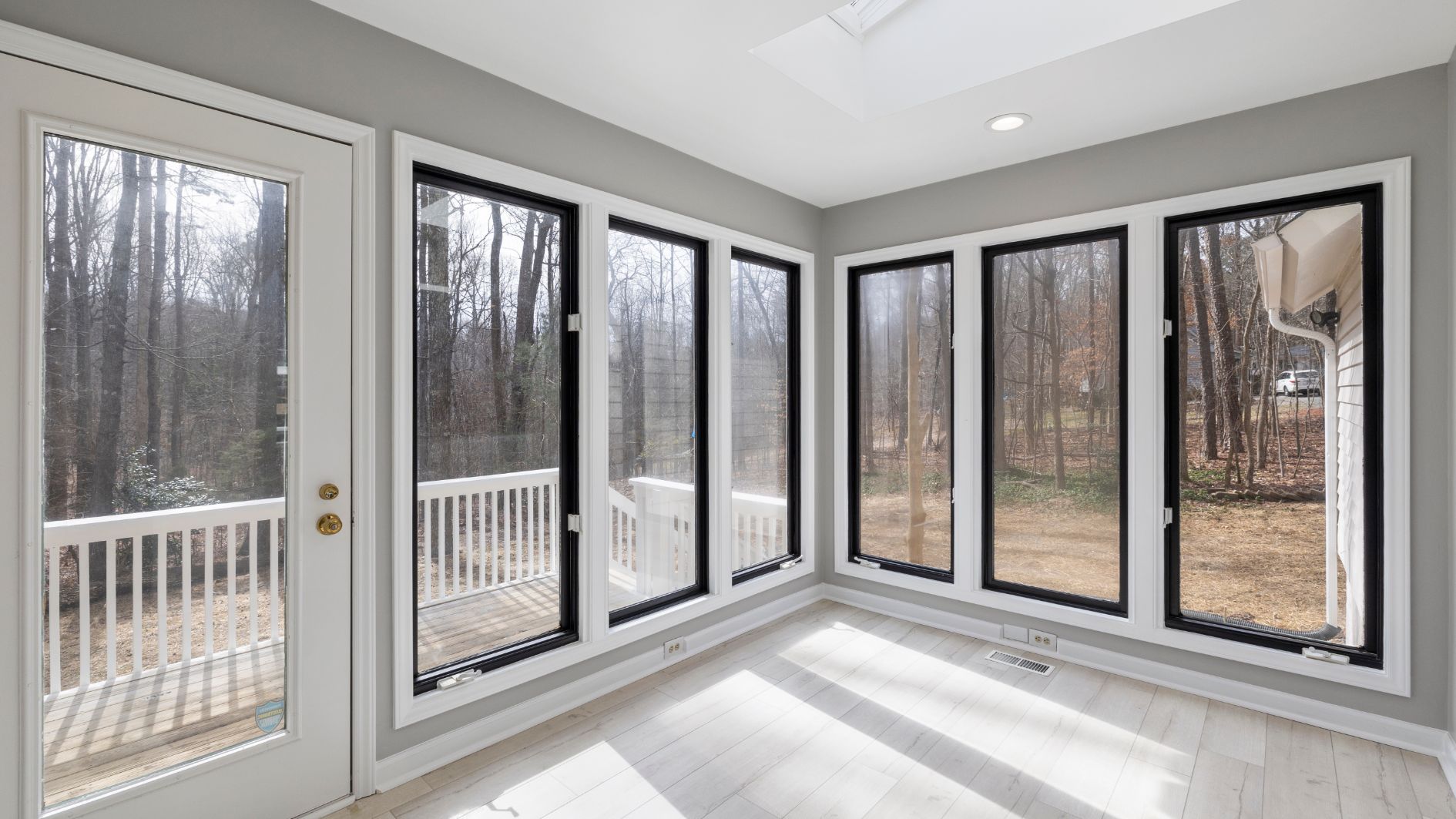Image source: Canva.com
Solar windows represent an innovative leap in solar technology, expanding beyond traditional rooftop and ground-mount solar panels to generate electricity. As the solar market advances, companies are increasingly exploring new technologies like solar windows, signaling a potential evolution in solar energy generation.
Solar window technology, also known as solar glass, is an innovative approach aimed at generating electricity from sunlight using building windows. Unlike traditional solar panels mounted on rooftops, solar panel windows are envisioned to replace standard glass panes in buildings. This concept falls under the category of building-integrated photovoltaics (BIPV), which integrates solar technology directly into building materials.
Currently, solar window technology remains in the experimental stage and is not widely available for commercial installation in homes. However, ongoing developments suggest that viable solar window solutions could reach the market soon.

BIPV: Revolutionizing the Way We Generate Energy
The Functional Challenge of Solar Glass
The challenge with solar glass lies in its functionality. While traditional solar panels are opaque and designed to capture light for electricity generation, windows are meant to allow light into rooms for illumination. This dual purpose requires solar windows to strike a balance: they must transmit enough light to maintain transparency while also capturing sufficient sunlight to generate electricity efficiently. Achieving this balance is crucial for making solar panel windows both effective and economically viable.
Building-integrated photovoltaics (BIPV) present a promising future by seamlessly blending solar energy systems with architectural design. These innovations not only enhance aesthetic appeal but also offer functional advantages, such as easier maintenance and integration into building structures. As solar panel window technologies advance, they are set to revolutionize energy generation by expanding its applications beyond traditional rooftops, paving the way for a more sustainable and visually appealing future in solar energy.
Innovative Solar Window Technologies
Solar window technologies encompass several innovative approaches aimed at integrating solar power generation into building windows. Here’s a breakdown of some current and emerging solar glass options.
Physee PowerWindows
Physee has developed PowerWindows, currently installed in one building globally – a Dutch bank with over 300 square feet of PowerWindows. These windows utilize small solar panels along their edges to convert sunlight into electricity. While they can charge a smartphone multiple times daily, they are not yet capable of serving as a standalone power source for buildings.

Transparent Solar Panels
True transparent solar panel windows, which generate electricity directly from the glass, are still in the developmental stages. This technology may rely on advancements in nanotechnology, specifically quantum dots embedded within the glass. Quantum dots could potentially absorb sunlight and convert it into infrared light directed towards solar cells at the window’s edges for power generation. While promising, this technology remains years away from commercial viability.

Solar Panel Blinds
An alternative solution currently in advanced development is solar panel blinds. These blinds feature small solar panels embedded along their length and can be installed inside or outside windows. They are designed to automatically track the sun throughout the day, optimizing energy production and efficiency. Unlike solar windows, these blinds are closer to market readiness and offer a more immediate option for integrating solar energy into buildings.

Choosing the Right Solar Solution
While solar window technologies are still emerging and face challenges such as efficiency and cost, traditional solar panels continue to advance rapidly. They are increasingly cost-effective and efficient, making them a practical choice for many homeowners. SolarWiki can provide competitive quotes from local installers, allowing you to compare offers based on your priorities – whether they be aesthetics, long-term savings, or initial investment. This approach ensures you can make an informed decision when selecting a solar solution for your home.





